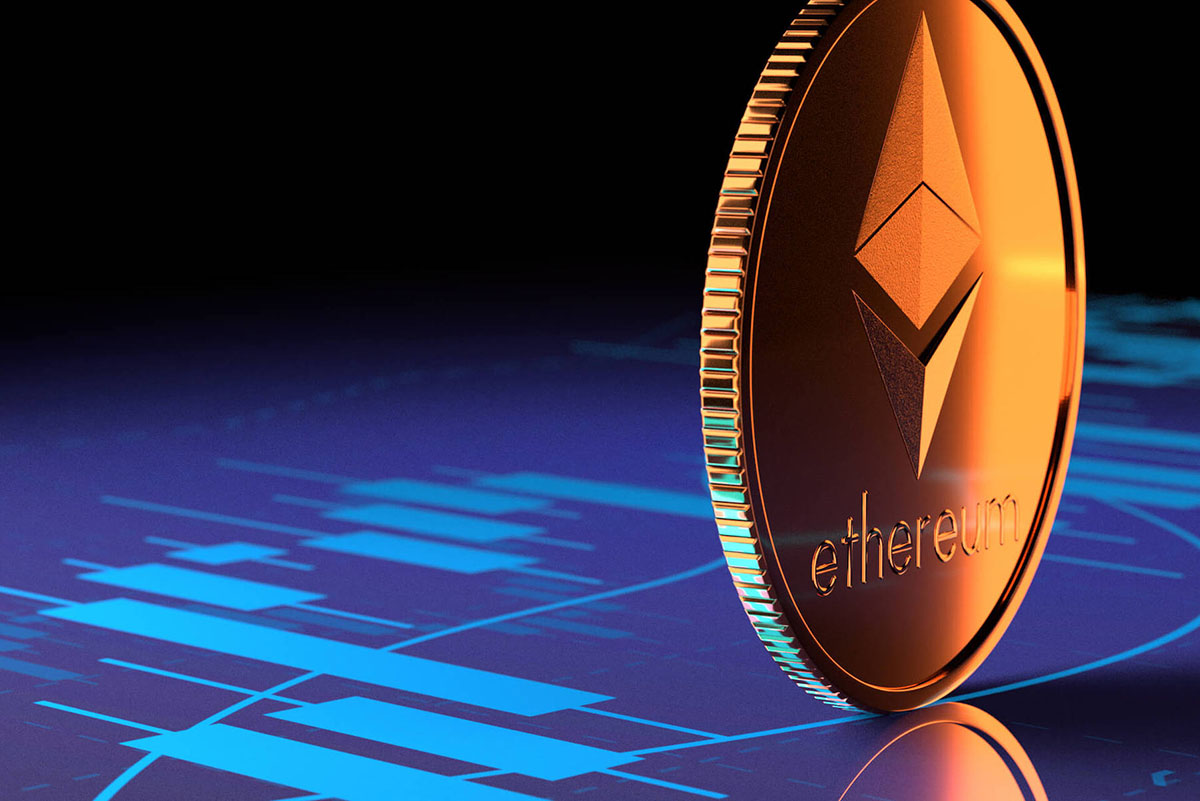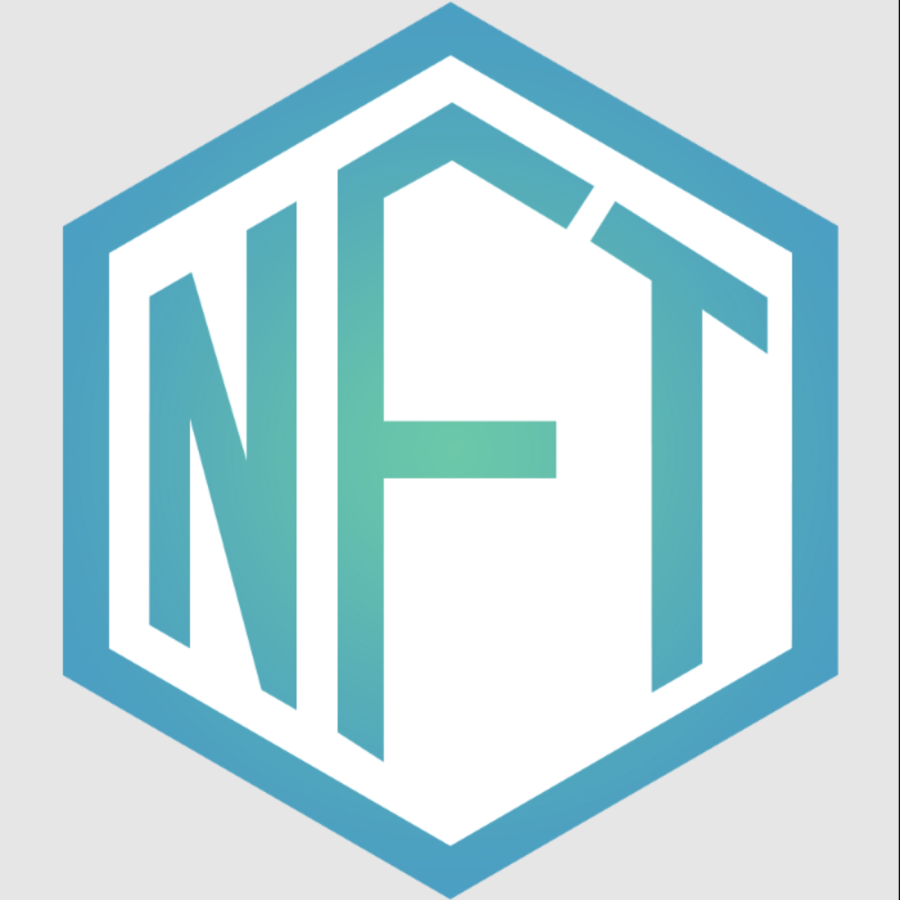NFTs, Explained
February 16, 2022
Recently, the topic of NFTs has been gaining immense attention. They have been the latest cryptocurrency sensation that is fascinating people around the world. Ever since Beeple sold his NFT for nearly $70 million, NFTs have taken the spotlight. NFTs can revolutionize the way ownership over digital assets are transferred and exchanged. However, many believe that NFTs are worth neither the money nor the popularity they are receiving. On the other hand, others believe that they can have a real impact on the world and will change society. However, before messing around with NFTs, it is important to first learn exactly what they are.
/cdn.vox-cdn.com/uploads/chorus_image/image/68948366/2021_NYR_20447_0001_001_beeple_everydays_the_first_5000_days034733_.0.jpg)
NFTs stand for Non Fungible Tokens. In simple terms, Non Fungible tokens are a piece of technology that tags digital assets as unique and traceable. Non Fungible means that the asset is unreplicable and non-interchangeable. This makes it so NFTs can be easily verifiable and ownership can be easily traced. In contrast, dollar bills are an example of something that is Fungible because they can be exchanged for each other and can be equal in value. For example, you can trade a $100 bill for another $100 bill, or two $50 dollar bills and so forth. It also doesn’t matter which exact bill you have because they are all equal in value.
NFTs ensure that digital assets can’t be forged or replicated, as they are traced back to the original ownership. It does this by creating a digital signature of which each digital asset has, making it impossible to replicate. By doing so, NFTs create digital scarcity, which is what creates the source of value behind them.
NFTs are primarily exchanged on Ethereum technology. However, that is where the similarities between NFTs and cryptocurrencies end. This is due to the fact that, as previously stated, NFTs are Non Fungible, while cryptocurrencies are Fungible. NFTs are based on blockchain technology, where digital collectables are given unique identities through the same code that other cryptocurrencies use. Blockchain technology is what allows cryptocurrencies to stay decentralized. 
Blockchain is a digitized ledger that allows a network of computers to track transactions made in the crypto world. NFTs made it so that blockchain technology doesn’t just apply to money or currency, but rather digital assets. They do this by the public ledger, validating that the digital asset is authentic and real. However, NFTs make it so the ledger is not only tracking transactions of cryptocurrencies, but also with digital assets.
Already, NFTs have been used to exchange all different types of digital assets that include collectables, GIFs, music, images, videos, etc. Companies have also been experimenting with NFTs. According to The Wall Street Journal, “Brands are betting on NFTs. Adidas AG said it sold out of its first NFT collection, garnering more than $22 million. Nike Inc. acquired a NFT production studio. Gucci recently sold NFTs for about $4,200 each with a real-life ceramic sculpture.” Who knows where NFTs will take us in the future, but it is sure that it will have a large impact on our daily lives and the assets we own.

















































































































































